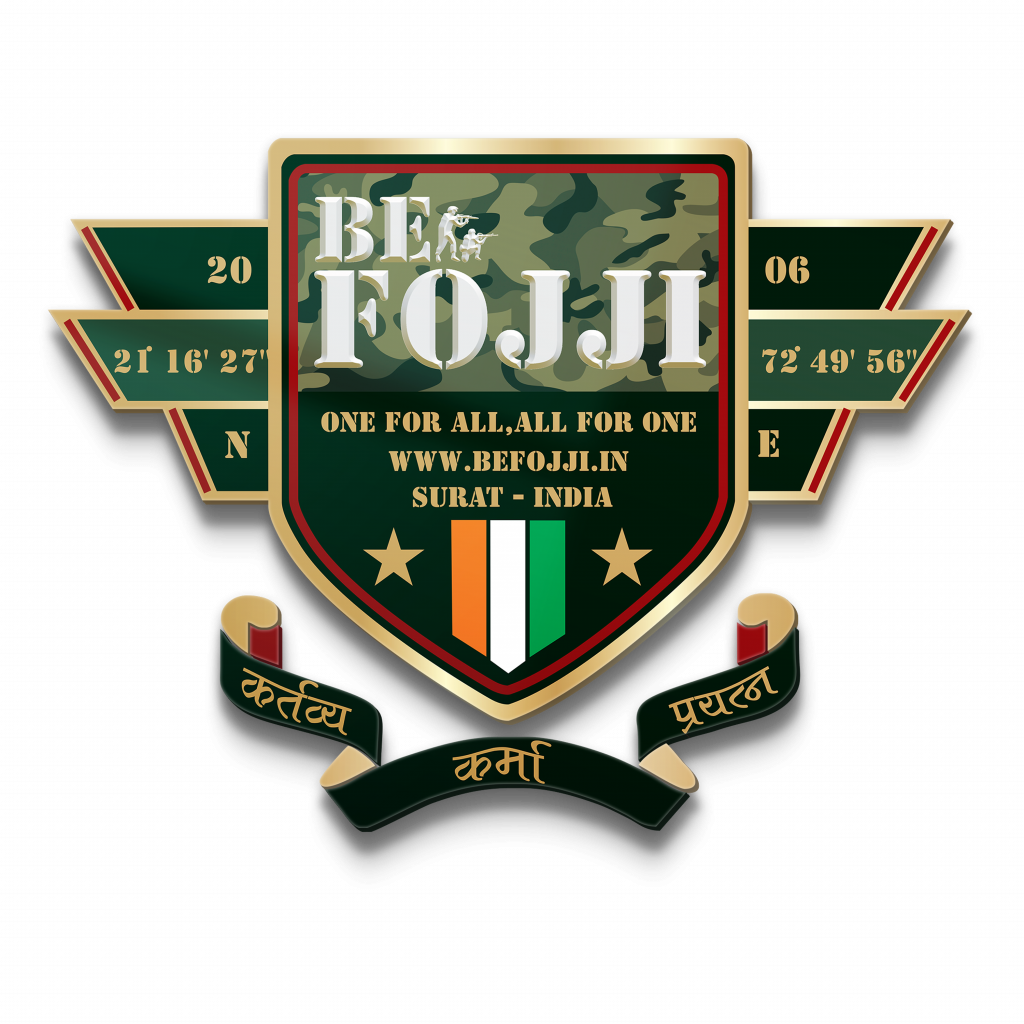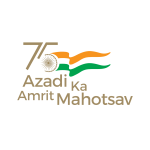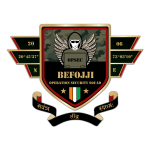
“War is not just the shower of bullets and bombs
From both sides, it is also the shower of blood and
bones on both sides”
– Amit Kalantri
Today on 86th Air Force day I want to show you something about our Indian Air force.
The Indian Air Force (AIF – Bharatiya Vayu Sena) is the air arm of the Indian armed forces. Its primary responsibility is to secure Indian airspace and to conduct Aerial warfare during a conflict. It was officially established on 8 October 1932 as an auxiliary air force of the British Empire and the prefix Royal was added in 195 in recognition of its services during World War II. After India achieved independence from the United Kingdom in 1947, the Royal Indian Air Force served the dominion of India, with the prefix being dropped when India became a republic in 1950. Since independence, the IAF has been involved in four wars with neighbouring Pakistan and one with the People’s Republic of China. Other major operations undertaken by the IAF include Operation Vijay the annexation of Goa, operation Meghdoot, operation Cactus and Operation Poomalai. Apart from conflict, the IAF has been an active participant in United Nations peacekeeping missions.
Here some details about Missions
Evolution of the IAF Roundel over the years:
1) 1933-1942
2) 1942-1945
3) 1947-1950
4) 1950- present
The IAF’s mission is defined by the Armed Forces Act of 1947, the Constitution of India, and Air Force Act of 1950. It decrees that in the aerial battle space.
Defence of Indian and every part there of including preparation for defence and all such acts as may be conducive in time of war to its prosecution and after its prosecution and after its termination to effective demobilisation.
In practice, this is taken as a directive meaning the IAF bears the responsibility of safeguarding Indian airspace and thus furthering national interests in conjunction with the other branches of the armed forces. The IAF provides close air support to the Indian Army troops on the battlefield as well as strategic and tactical airlift capabilities. The Integrated Space Cell is operated by the Indian Armed Forces, the civilian Department of Space, and the Indian Space Research Organisation. By uniting the civilian run space exploration organizations and the military faculty under a single Integrated Space Cell the military is able to efficiently benefit from innovation in the civilian sector of space exploration, and the civilian departments benefit as well.
The Indian Air Force, with highly trained crews, pilots, and access to modern military assets provides India with the capacity to provide rapid response evacuation, search-and-rescue (SAR) operations, and delivery of relief supplies to affected areas via cargo aircraft. The IAF provided extensive assistance to relief operations during natural calamities such as the Gujarat cyclone in 1998, the tsunami in 2004, and North India floods in 2013. The IAF has also undertaken relief missions such as Operation Rainbow in Sri Lanka.
First Five-star Holding Officer
The Ex-President of Indian Pranab Mukherjee serves as the Ex-officer Commander-in-Chief of the IAF. The Chief of Air staff, an Air Chief Marshal (ACM), is a four-star commander and commands the Air Force. There is never more than one serving ACM at any given time in the IAF. The rank of Marshal of the Air force has been conferred once, to Arjan Singh, by the President of India on 26 Jan 2002 and he became first five-star rank holding officer of IAF & serves as the ceremonial chief.

JAI HIND 🇮🇳 JAI BHARAT
WRITEN BY
[tmm name=”3453″]










Amazing work 👌👌👌
Thanks Dear